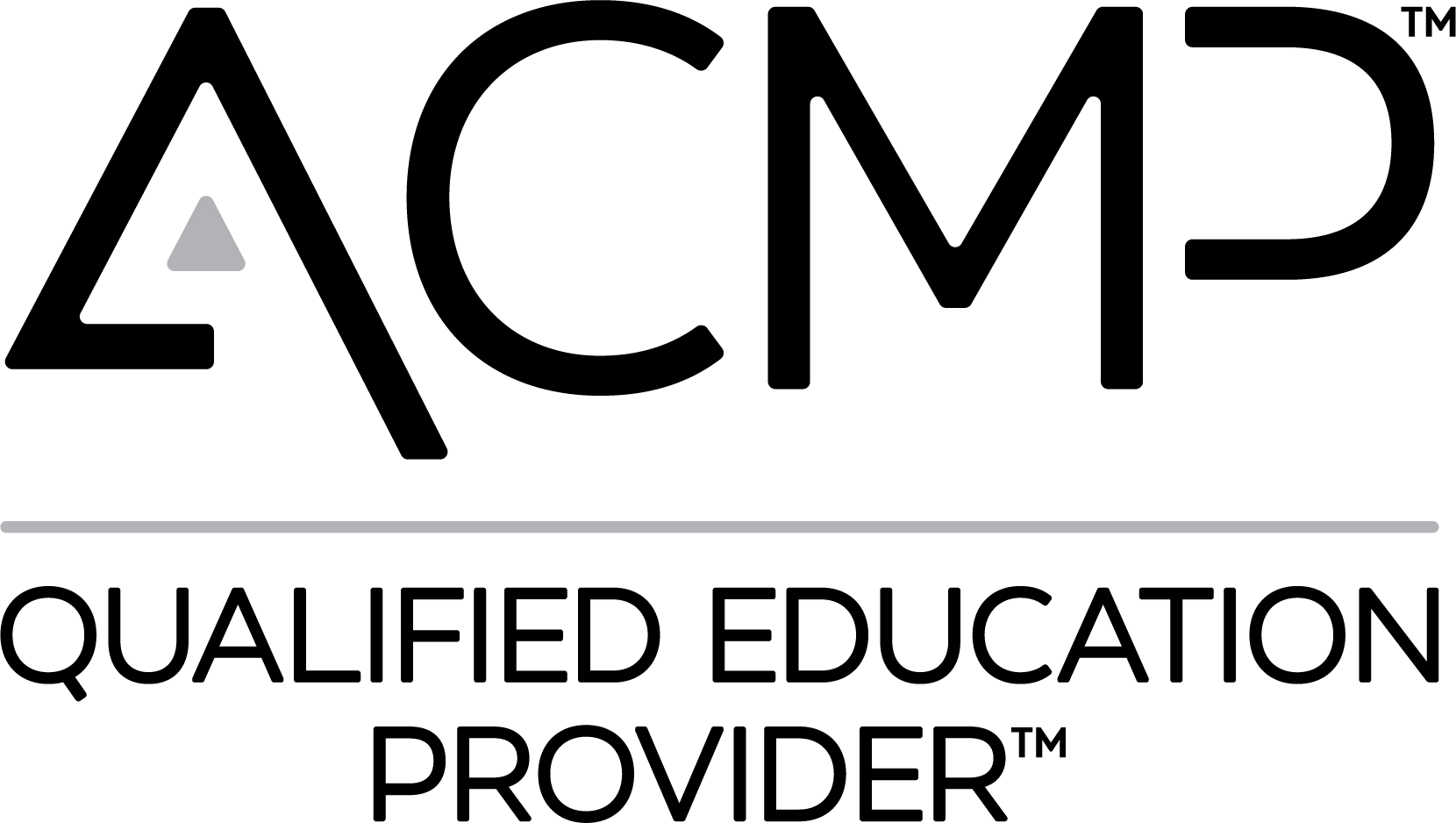The Quiet Force That Moves Change
How does leadership influence change in an organization? Short answer: constantly—whether you realize it or not. Your words, your body language, and your daily choices act like cultural Wi-Fi, broadcasting what’s safe, what matters, and how fast to move.
At Change Enthusiasm Global (CEG), we’ve seen transformations stall when leaders think their job is to sign the budget and deliver a pep talk. That helps, but it isn’t enough. The organizations that thrive are led by people who live the change in public. They don’t just “sponsor” it—they exemplify it.
In this article, you’ll learn:
- A powerful shift from executive sponsorship to executive example
- The three most effective influence tools every leader has (and how to wield them)
- Practical scripts to communicate belief without overselling
- Everyday actions that compound into enterprise-wide momentum
- A free resource to help you keep enrolling others through disruption
Let’s get into it.
The Secret: Trade “Executive Sponsor” for “Executive Example”
A senior executive once told us he was finished recruiting “executive sponsors” for change. He wanted executive examples.
What’s the difference?
- Executive Sponsor: Signs the business case, allocates budget, repeats the vision at a town hall.
- Executive Example: Shares specifically how they’re enrolled, what they’re changing personally, where they’re learning, and how they’re measuring progress—then shows up that way consistently.
Why it matters:
- Behavior scales faster than memos. People mirror what they see.
- Credibility beats volume. Employees spot the gap between talking points and lived behavior.
- Momentum is contagious. When top leaders model the new way, middle managers follow, and teams feel permission to act.
If you’re leading a transformation, ask for examples, not just signatures. Invite each senior leader to demonstrate enrollment in three ways: what they’re saying, what they’re signaling, and what they’re doing.
Your Three Influence Tools (Use Them Daily)
Whether you manage thousands or are two weeks into your role, you already have the tools to influence change. Use them intentionally and you’ll turn your span of control—however big or small—into a span of influence.
1) Verbal Communication: Script the Signal
Your words set direction and shape confidence. Use them to restate vision, ground belief, and make the path tangible—without pretending everything is easy.
Say this:
- “Here’s the outcome we’re driving and why it matters now.”
- “I believe this is the right move because [mechanism, not magic]. Here’s how it will help customers and your day-to-day.”
- “Here’s what I’m personally doing differently to support it.”
Avoid this:
- Platitudes with no proof (“This will be amazing!”)
- Defensive over-explaining
- Silence (people fill it with rumor)
Copy-and-paste language:
“I trust this direction because it reduces handoffs and gives each product a single accountable owner. My part is changing how we prioritize: I’ll be using a weekly ‘Top 3 bets’ review so we decide faster and unblock you sooner.”
2) Non-Verbal Communication: Make Your Belief Visible
People read your face before they hear your words. During change, your non-verbal signals speak louder than your talking points.
Audit your signals:
- In meetings: Are you leaning in, taking notes, and asking curious questions—or checking out?
- In halls and Slack: Do you greet with energy, acknowledge effort, and respond to risk shares with calm curiosity?
- In tense updates: Is your expression open and steady, or tight and impatient?
Micro-moves that matter:
- Keep cameras at eye level; maintain soft eye contact.
- Nod to reinforce contributions; pause before responding to show you’re considering input.
- Say the quiet part out loud: “I know I can look intense when I’m thinking—if I make that face, it’s not about you.”
3) Actions: Do the Thing You Want Scaled
Nothing scales like behavior. The fastest way to enroll a culture is to do the new thing—and let people see you doing it.
High-leverage leader actions:
- Public appreciation: Spotlight one below-management contributor each quarter with a specific “what you did/why it mattered” note. (We’ve seen teammates frame these. Literally.)
- Decision clarity: Publish your Top 3 priorities and what you’re deprioritizing. Model tradeoffs in the open.
- Learning in public: Share a short “What I learned this week” post—one misstep, one adjustment. Normalize progress over perfection.
- Time as a tell: Put time on what you say you value: customer visits, frontline shadowing, team retros, cross-functional jam sessions.
Influence principle: What you honor, others will copy. Appreciation, clarity, and curiosity are cultural accelerants—especially under pressure.
The Change Enthusiasm® Lens: Turn Emotion Into Enrollment
Change spikes emotion—frustration, fear, excitement, skepticism. In the Change Enthusiasm® framework, we treat emotion as data:
- Signal Spotting: Name the emotion in the room (and in yourself) without judgment.
- Opportunity Framing: Ask, “What is this moment offering us?” (a process fix, a decision shortcut, a growth rep)
- Choice Making: Pick one visible action—today—that transforms and channels the energy forward.
Model this out loud:
“I’m noticing some frustration with shifting priorities. That’s a signal. The opportunity is to cut handoffs and clarify decision rights. My choice: by Friday, we’ll post who decides what for this program.”
When leaders name signals and make choices in public, people feel seen—then lean in.
Everyday Plays: How to Influence This Week
If you’re a senior leader
- Replace slogans with mechanisms. “We’ll speed up” → “We’ll reduce approvals from five to two and time-box decisions to 72 hours.”
- Host a 20-minute “Ask Me How I’m Changing” AMA. Share your own behavior shifts; invite others to do the same.
- Sponsor loudly, example louder. Do a customer call, lead the first retrospective, sit in on a frontline standup—and tell folks why you’re there.
If you’re a middle manager
- Translate strategy into moves. “Here’s how our team contributes to the three company bets, and what we’ll stop doing.”
- Run blameless reviews. Focus on systems, not villains. End every session with two process tweaks.
- Amplify voices. “Before we decide, I want to hear from folks we haven’t heard yet—[Name], what are we missing?”
If you’re an IC or new hire
- Model curiosity. Ask three clarifying questions before proposing a fix.
- Share early wins. Post short updates: “Tried X → learned Y → next we’ll test Z.”
- Be the example on your block. Your attitude, documentation, and follow-through are influence in action.
Scripts You Can Use (Verbal + Non-Verbal + Action)
Enroll the team without hype
“I won’t pretend change is easy. I do believe this path solves two core problems—slow decisions and unclear ownership. Here’s what I’m changing first, and here’s how I’ll ask for your feedback.”
Signal calm under pressure
Non-verbal: Breathe, soften shoulders, pause.
Verbal: “I hear the risk. Thank you. Let’s list the top two mitigations and choose one to test this week.”
Turn skepticism into partnership
“If I were in your seat, I might question this too. What evidence would help you feel confident? Let’s design an experiment to get it within two sprints.”
Show appreciation that sticks
“Shout-out to Taylor for mapping the handoff maze and proposing a two-step path. That saved us a week and clarified ownership. I appreciate your initiative.”
Model learning out loud
“I over-packed last week’s agenda—my miss. This week I’ll time-box discussion and leave five minutes to confirm owners and deadlines.”
Common Pitfalls (and Better Alternatives)
Pitfall: Mistaking enthusiasm for enrollment.
Better: Pair belief statements with specific behaviors you’re changing.
Pitfall: Broadcasting updates with no ask.
Better: End every update with a decision needed, risk flagged, or help requested.
Pitfall: Neutral face, anxious team.
Better: Align your non-verbals—open posture, steady tempo—with your message of calm, focused urgency.
Pitfall: Delegating all hard change work to “the program.”
Better: Take one high-visibility action yourself each week (customer call, process fix, early win share).
Manager Mini-Toolkit: 10 Minutes to Boost Influence
Use this quick agenda in your next team sync:
- Re-anchor the why (60 sec)
- Name the signal you’re noticing (frustration, optimism) (60 sec)
- Share one behavior you’re changing this week (60 sec)
- Invite two perspectives we haven’t heard (3 min)
- Commit to two tweaks (owners + due dates) (3 min)
- Appreciation for one specific action (60 sec)
Repeat weekly. Consistency is the influence multiplier.
Bring It Together: Influence Is a Daily Choice
Leadership influences change in every moment—not just at the microphone. The shift from sponsor to example is the difference between asking others to believe and giving them a reason to. Use your three tools:
- Verbal: Speak mechanisms, not just mantras.
- Non-Verbal: Let your presence match your message.
- Actions: Do the behavior you want scaled—and make it visible.
Do that, and enrollment rises. Skepticism softens. Momentum compounds. That’s how cultures grow stronger through disruption.
Free Resource: Keep Enrolling Others Through Change
We’re sharing a free keynote recording from Cassandra Worthy delivered to leaders navigating intense internal transformation and market disruption—packed with research from Change Enthusiasm Global and practical moves to influence through uncertainty.
MORE
INSIGHTS
What To Do When You Get Laid Off: A Change Enthusiasm Guide
Getting laid off can feel devastating, but it doesn’t define your worth. Learn how to process the emotional impact, regain clarity, and move forward with five powerful self-guiding questions rooted in the Change Enthusiasm® mindset.
How to Navigate Constantly Changing Priorities at Work
Set Intentions, Not Destinations By Change Enthusiasm Global In today’s workplace, one thing is certain: priorities will shift-often without warning. Whether you work in healthcare, tech, retail, finance, or manufacturing, the expectation to rapidly pivot has become part of the modern professional experience. But here’s the truth that most organizations overlook: Frequent priority changes aren’t … Read more
How to Make Learning Stick: A Strategic Approach to Lasting Change
Organizations today invest a significant amount in leadership development, but is it worth it? Learn how to make the most of your keynote investment and make change stick.










